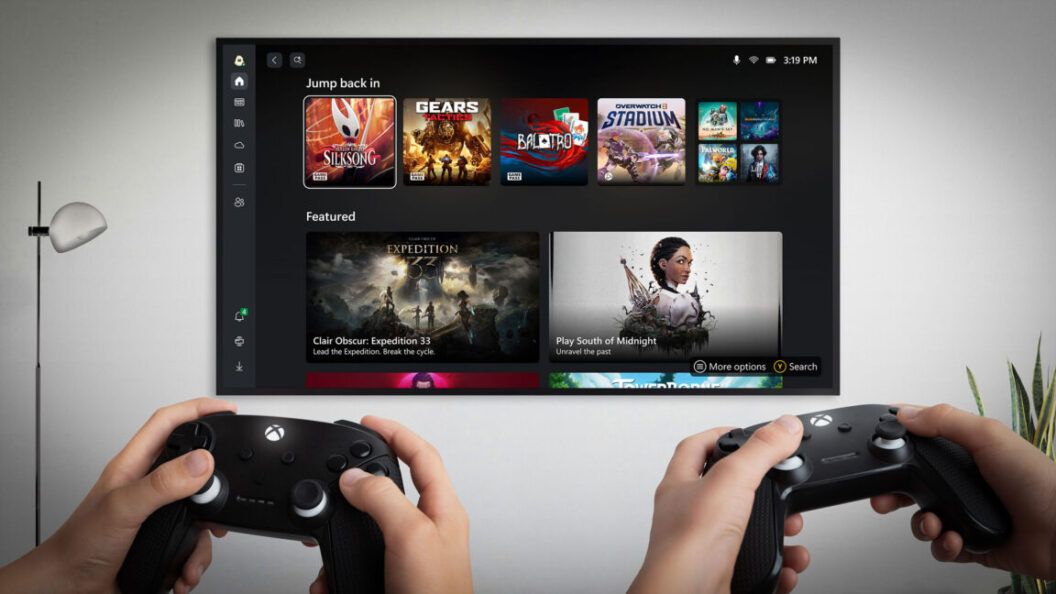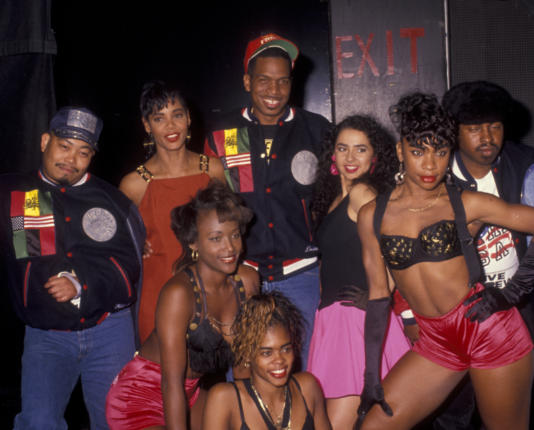Microsoft Prepares for an Xbox-Windows Gaming Merge
Introduction
Microsoft is positioning itself to redefine the gaming experience by merging the strengths of its Xbox consoles with the Windows PC gaming ecosystem. While the Xbox Series consoles have struggled in sales, Microsoft remains a dominant force in the PC gaming segment, largely due to the widespread adoption of Windows among developers and gamers alike.
The Current Landscape of Gaming
Despite the modest performance of the Xbox Series consoles in sales, Microsoft continues to thrive in the PC gaming market. Windows remains the preferred operating system for desktop and laptop gaming, overshadowing competitors like Apple’s macOS, which has not made significant inroads into the gaming realm. Additionally, Valve’s Linux-based SteamOS has developed a niche in handheld gaming but primarily relies on compatibility layers like Proton to bridge the gap for gamers.
Microsoft’s Software Advantage
Microsoft is keenly aware of its software advantages in the competitive gaming landscape. The company promotes its Xbox Experience for Handhelds, which boasts an "aggregated game library" allowing access to a wide range of titles not available elsewhere. This strategic approach suggests that Microsoft aims to attract living room console players who desire unimpeded access to the diverse offerings of Windows gaming.
The Evolution of Xbox and Windows Integration
Over the past several years, Microsoft has strategically aligned the Xbox brand with Windows gaming. The launch of features like "Xbox on Windows 10" in 2015 and the subsequent Xbox app for Windows have blurred the lines between console and PC gaming. Initiatives such as "Play Anywhere" and Xbox Game Pass for PC have accustomed players to the idea of seamless cross-buying and subscriptions across platforms.
Bridging the Divide
Imagine an Xbox console that can natively play Windows games, eliminating the need for developers to port games specifically for the console. This scenario aligns perfectly with Microsoft’s vision of a more interconnected gaming universe. The potential for cloud streaming on mobile devices further amplifies the accessibility of this gaming ecosystem.
Corporate Vision and the Future of Gaming
In a recent statement, Xbox Executive Vice President Phil Spencer emphasized that the team is "working closely with the Windows team to ensure that Windows is the number one platform for gaming." This declaration suggests an ambitious goal: a unified gaming experience where players can enjoy their favorite titles anywhere at any time, beyond the constraints of single devices or stores.
A New Era for Xbox
This vision could mark a significant shift in the gaming landscape. By harnessing its Windows gaming supremacy, Microsoft may create a comprehensive gaming solution that offers an unparalleled experience for players. Whether this is a mere corporate platitude or a groundbreaking strategy remains to be seen, but the implications are profound.
Conclusion
Microsoft’s efforts to merge the Xbox and Windows gaming environments indicate a bold step towards redefining how players interact with games across platforms. By integrating the strengths of both systems, Microsoft aims to create a fluid gaming experience that transcends traditional boundaries. As this vision unfolds, it holds the potential to reshape the gaming industry’s future, offering players unprecedented access and flexibility. This strategic maneuvering could ultimately reinvigorate the Xbox brand and solidify Microsoft’s position as a leader in the gaming sector.









